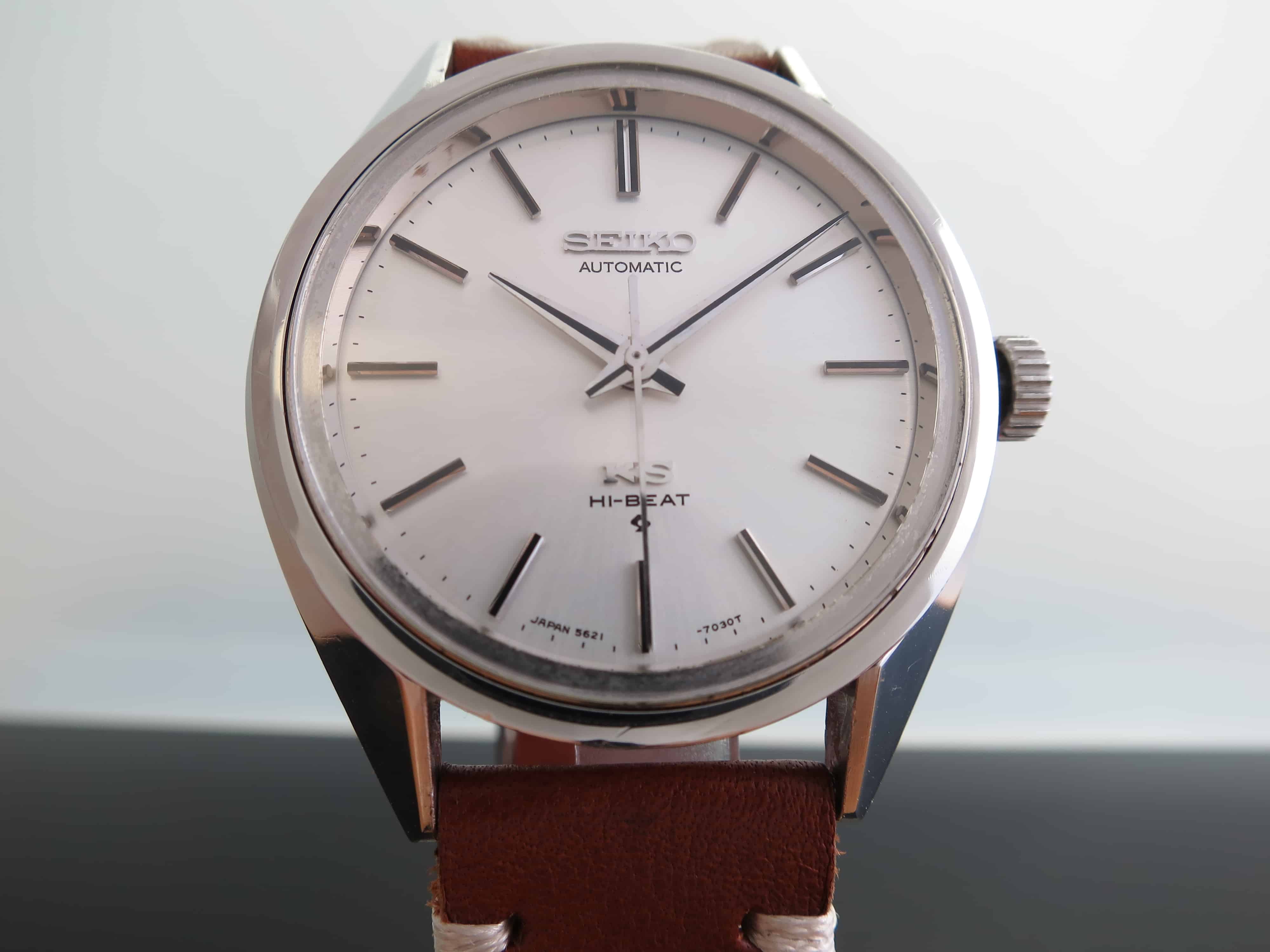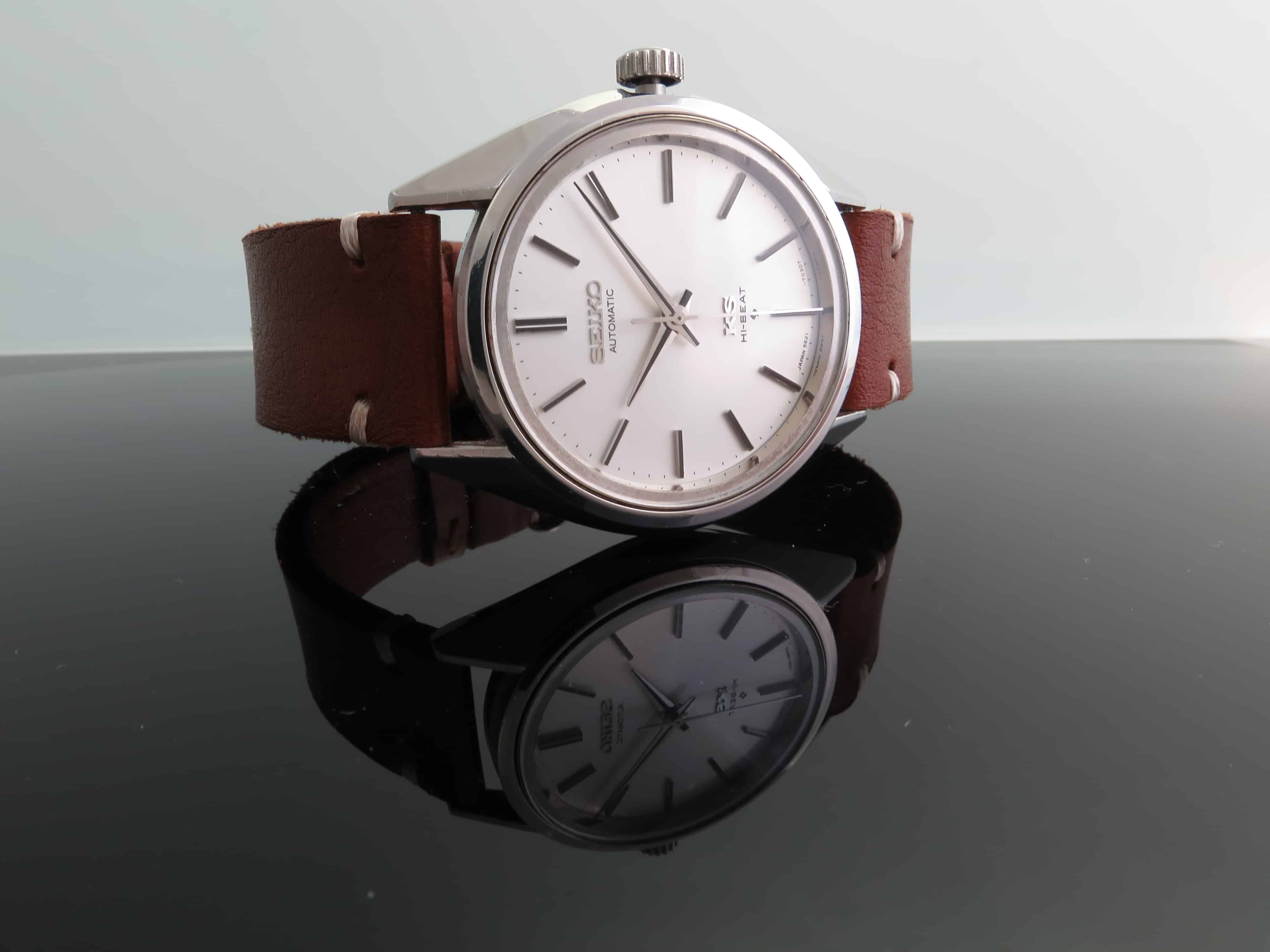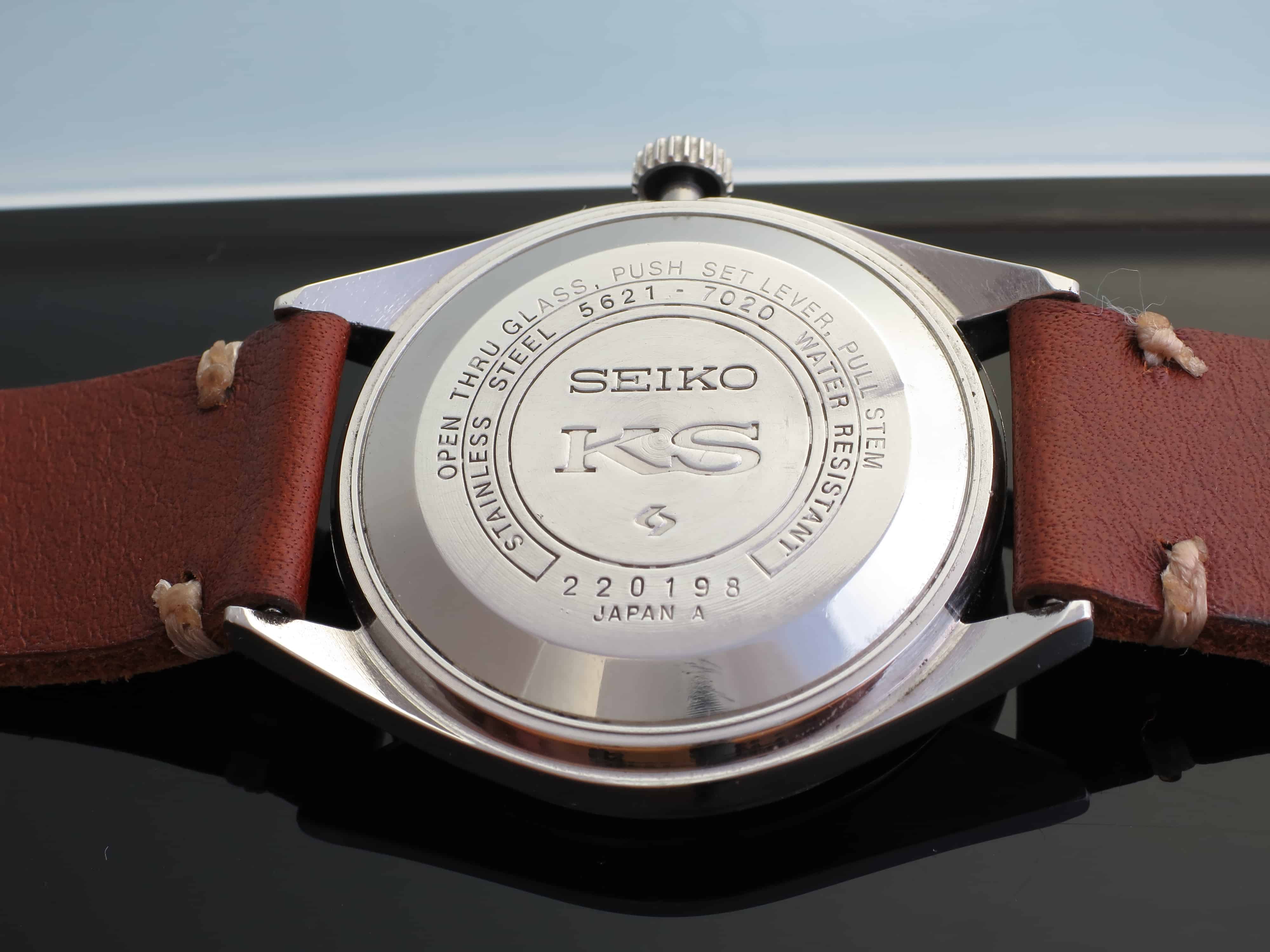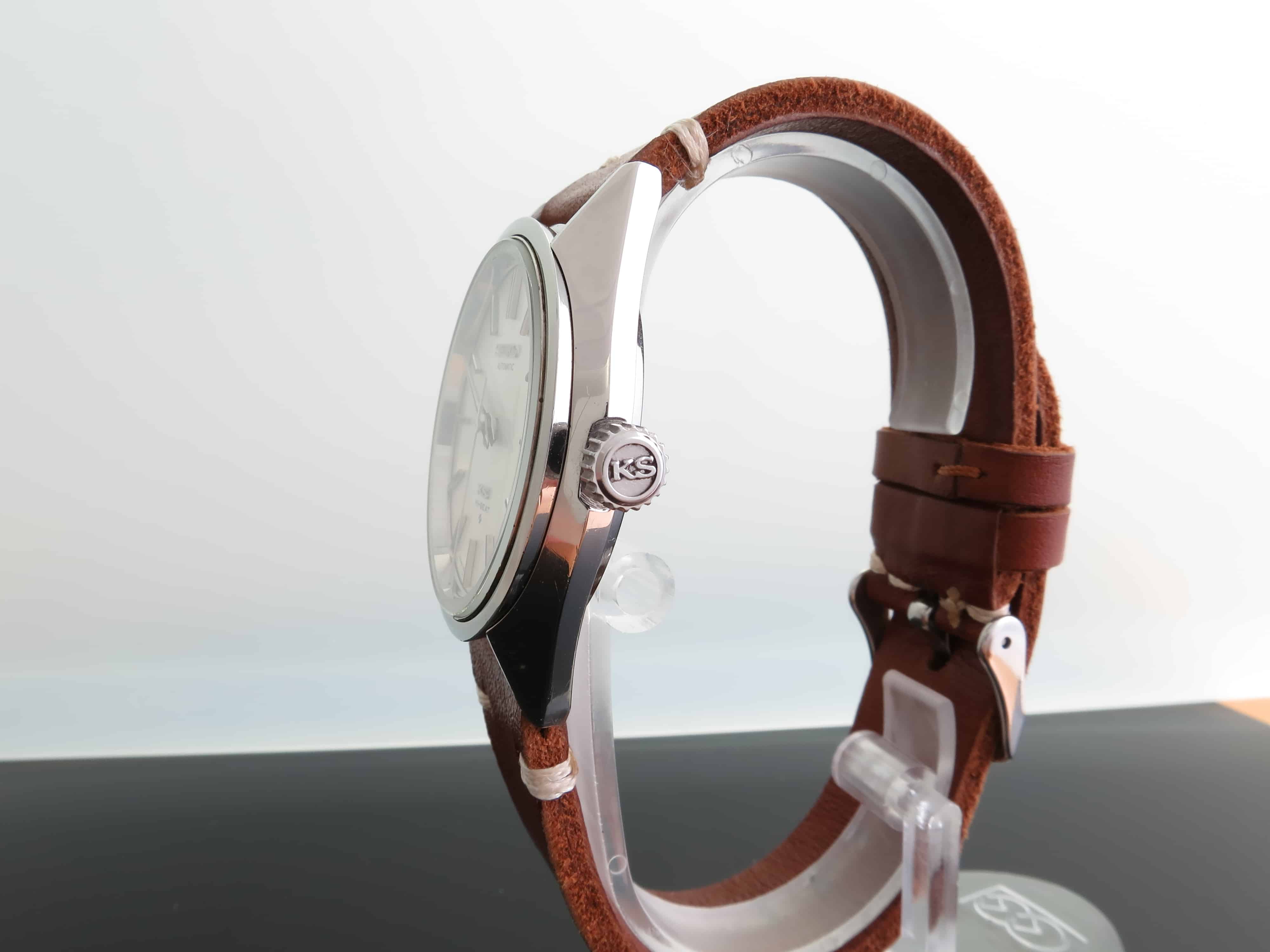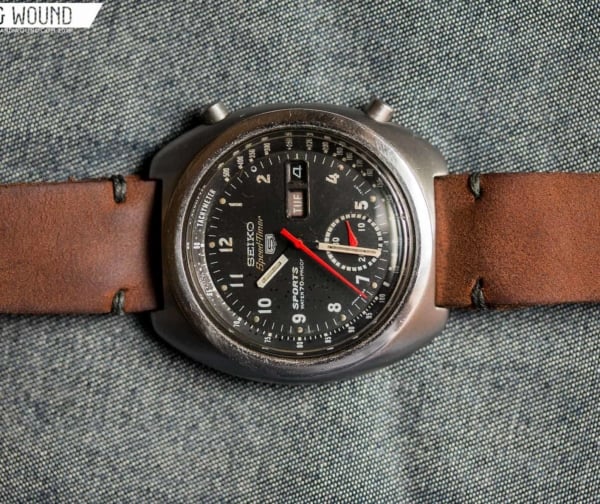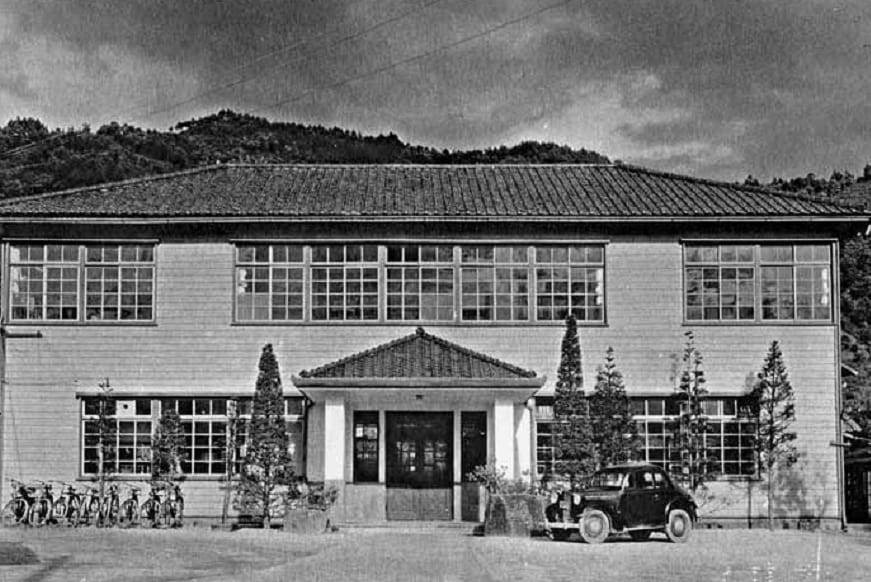Within the world of vintage Seiko, Grand and King Seikos rule the roost, with the “GS” and “KS” badges adorning the dials and case backs of only the most painstakingly accurate and exquisite watches ever made by Daini and Suwa Seikosha. Grand Seiko and King Seiko were brought to ticking life by a variety of movements produced by both Seiko divisions, among them the earlier hand-wound 45xx caliber, and then the subsequent automatic 61xx, 52xx, and 56xx calibers.
The late ‘60s were a turning point in Seiko’s manufacturing capabilities, with the 45xx and 61xx being the last hand-built movements. The 51xx and 56xx were built to much tighter tolerances with many surviving through the years, still happily ticking today with little or no maintenance. (All the above mentioned movements were found in Seiko’s top-of-the-line collections, specifically inside watches from the King and Grand Seiko lines.)
But these movements are not without their, shall we say, quirks. The 45xx and 61xx calibers run at a super-high beat rate of 10 beats per second (36,000 per hour), and while the sweep of the second hand is beautiful to look at, that beauty comes at a cost. Due to the higher beat rate, the movement is prone to excessive wear, and that can be problematic as far as long-term servicing is concerned.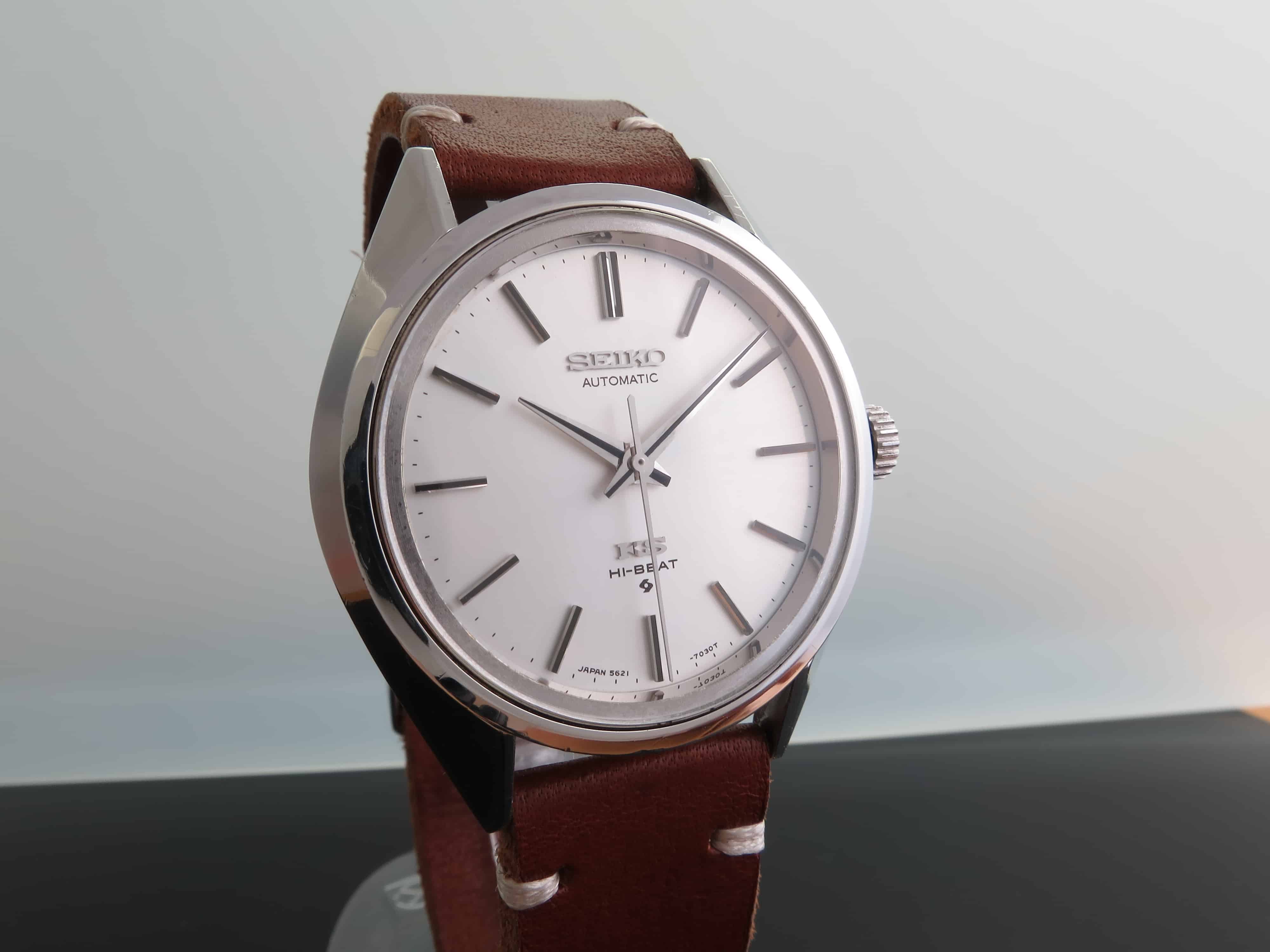 Then there’s the 52xx series. These are generally great movements with a robust build, but they also come with a bit of a surcharge (just google “King Seiko 52 Special” and you’ll see what I mean).
Then there’s the 52xx series. These are generally great movements with a robust build, but they also come with a bit of a surcharge (just google “King Seiko 52 Special” and you’ll see what I mean).









 Featured Videos
Featured Videos




